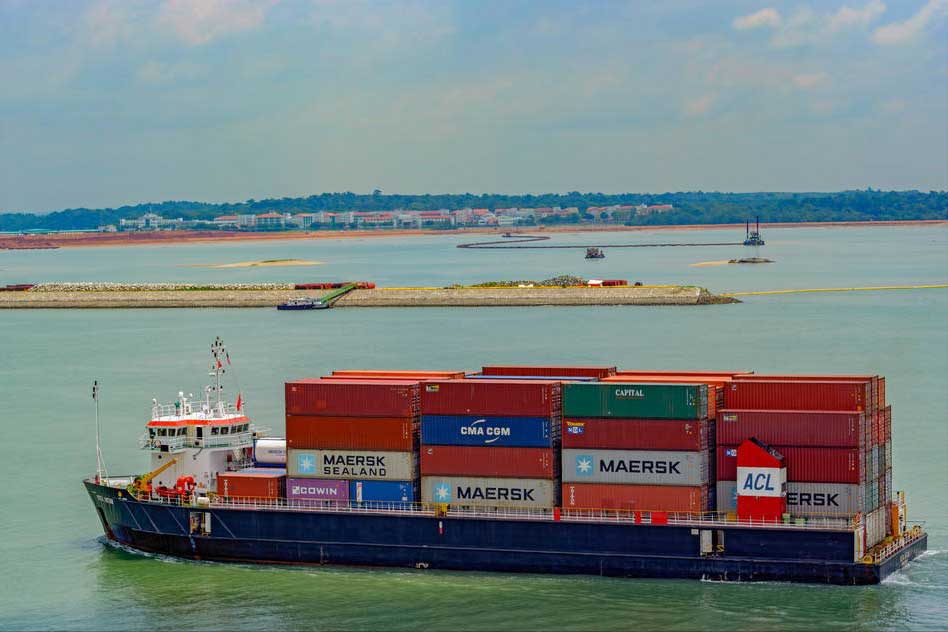
I. Management of Unit Consumption: The "Lifeline" of Processing Trade Enterprises
As a veteran with 20 years of experience in foreign trade, I often compare material consumption management to the "ECG" of processing trade—it directly reflects the production health of an enterprise. According to customs statistics, approximately 23% of violations in processing trade are related to improper material consumption declarations. So, what exactly is this "material consumption" that both attracts and intimidates businesses?
Material consumption = net consumption + process loss, just like making a cake:
- Net consumption: the actual cake ingredients that are eaten
- Process loss: the cream stuck to the bowl during mixing, the water evaporated in the oven
But beware! Customs has clearly drawn the lineCategory 6 does not count as process lossFor example, last year a company suffered raw material damage due to a typhoon but incorrectly declared it as process loss, ultimately being required to pay back taxes plus late fees totaling 870,000 yuan.
II. The "Three Main Rules of Discipline and Eight Points for Attention" in Reporting Material Consumption
Customs now promotes "paperless" declaration, and the process seems simple: log in → fill out the form → submit. But the devil is in the details:
- Commodity codes must be precise to 10 digits: A textile company mistakenly declared "cotton fabric" as "chemical fiber fabric," resulting in the incorrect application of the material consumption standard.
- Uniform measurement units:It has been observed that some companies declared goods using both "meters" and "yards" simultaneously, which raised customs' suspicions.
- Proportion of non-bonded materials: When using both bonded and non-bonded materials, clear distinction is mandatory
Special reminder: Customs5 working daysThe adjudication deadline is calculated from the moment when "the declaration is complete and compliant." If the documentation is incomplete, this "timer" will not even start!
III. Avoiding the "Pitfalls" of Single-Consumption Management
Based on my field experience, these are the most common mistakes:
- Mistaking abnormal loss for process loss: Such as raw material scrappage due to power outage, which counts as accident loss
- Ignoring upper/lower limits of material consumption standards: Export taxable finished products have both upper and lower limits for material consumption standards
- Untimely updates: When process improvements reduce material consumption, declaration must be made within 15 days of change
Here's a classic case: After an electronics factory upgraded its equipment, the capacitor consumption per unit dropped from 5 pieces/item to 3 pieces/item. However, the company failed to update its manual for six months, ultimately leading customs to determine it had "unauthorized disposal of bonded materials." The fine imposed was equivalent to three times the cost savings!
IV. The "Mind-Reading" Technique of Customs Inspection
Customs officers informed me that they primarily focus on these "red flags":
- Sudden significant fluctuations in material consumption (exceeding 20% of industry norm)
- Yield rate significantly below industry standards
- Disposal volume of scrap materials doesnt match declared loss
Recommend companies to establishMaterial consumption dynamic monitoring mechanism, the "Material Consumption Health Index" model developed by our team includes:
- Historical data comparison
- Industry benchmark reference
- Production process flow diagram
V. Future Trends: The Era of Intelligent Material Consumption Management
With the upgrade of the Customs' "Golden Gate Phase II" system, the management of material consumption is undergoing a transformation:
- Real-time online verification: Enterprise ERP system directly connected to customs data
- Intelligent early warning: System automatically flags abnormal data
- Blockchain evidence: Production process records cannot be altered
Recently, an auto parts company we coached improved material consumption declaration accuracy to 99.6% by deploying IoT devices for automatic production line data collection, and also earned additional points for customs AEO certification.
Remember: Good material consumption management isnt about passing inspections, but rather a powerful tool for enterprises toreduce costs and increase efficiency. Just as experienced captains must understand ocean currents to navigate smoothly, mastering material consumption rules will make your processing trade journey broader!


 Follow Customer Service WeChat
Follow Customer Service WeChat